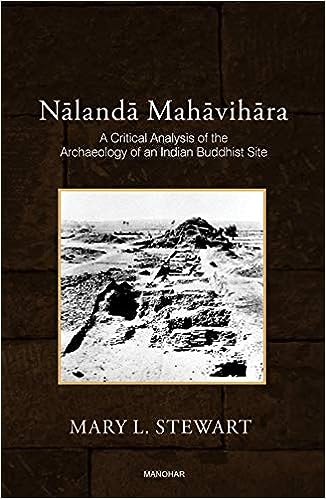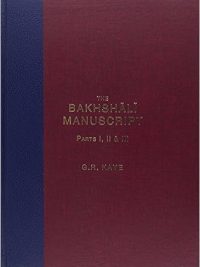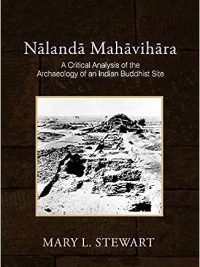Description
From the 1860s, substantial ruins in the Indian state of Bihar identified as Nland Mhavihra, were of scholarly interest because the monastery was mentioned in the travel accounts of seventh century Chinese monks. From 1916 until 1938, the Archaeological Survey of India systematically excavated, documented, illustrated, and gave continuity to the site. However, ASI historic procedures were severely criticized in the 1940s. The ASI was reorganized and reoriented to modern scientific methods.
No new excavation took place at the site until 1973. Between 1973 and 1983, the Sarai Mound was exposed, but whereas in the earlier ASI accounts, photographs, diagrams, and considerable supportive material were part of the report, the modern scientific approach did not include this information. Nor was there any effort to correlate this find with earlier archaeology.
This critical analysis is concerned with the consequences of such a radical change in the way archaeology was conducted in India. It attempts to look at the history of archaeology in the relevant historical and intellectual context in order to show that valuable lessons were lost through failure to update and evaluate previous reports in the years following the shift in orientation. The work looks more closely at the Chinese texts with reference to what they say about other Buddhist sites. The book attempts to bridge the gap between the two archaeological approaches by placing the site (and by extension, other Indian sites) in a different perspective, thereby opening doors to a variety of related disciplines and studies.







Reviews
There are no reviews yet.